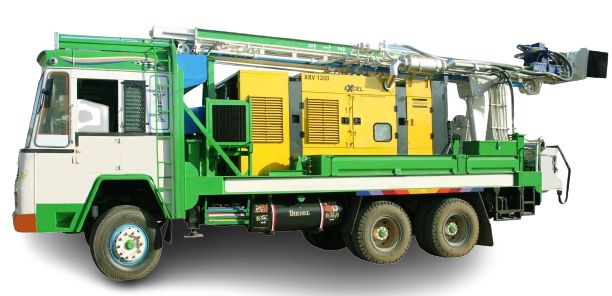Buying a used CNC machine can be a smart way to expand your machining capabilities without breaking the bank. However, it’s also a decision that carries risk if you don’t perform the right checks.
Here’s a comprehensive guide to help you evaluate pre-owned CNC equipment and avoid costly surprises down the road.
1. Machine History & Documentation
Service Records
- Ask for lubrication logs, spindle rebuild dates, replaced components, and software service history.
- Frequent maintenance = lower likelihood of hidden wear.
Spindle Hours vs. Age
- Machines with high run-time (over 20,000 hours) may require major refurbishments soon.
- Compare run-time with application: a machine used gently for plastics may outlast one used on hardened steels.
2. Structural Integrity & Component Wear
Way & Ball Screw Health
- Jog each axis and feel for backlash, uneven movement, or grinding.
- Visually inspect linear rails and screws for scoring, rust, or oil leaks.
Spindle Runout
- Use a dial indicator to measure Total Indicator Runout (TIR); < 0.005 mm is desirable.
3. Control System & Software Compatibility
Controller Version
- Older or proprietary controllers may be difficult to service or obsolete.
- Confirm compatibility with your current CAD/CAM software (e.g., Fusion 360, Mastercam).
Licensing & Retrofits
- Verify if control software can be legally transferred.
- If outdated, budget for a retrofit—could cost $5,000 to $30,000+.
4. Accuracy & Repeatability Tests
Test Cuts
- Run a basic pocket or square profile and measure part features with calipers or CMM.
- Check if dimensions remain consistent across multiple parts.
Axis Backlash
- Use G-code test routines to measure backlash.
- Compare against OEM tolerances and specs.
Thermal Drift Test
- Run spindle at full RPM for 30–60 mins, then remeasure the test part to check for thermal expansion or instability.
5. Spindle & Drive Components
Spindle Bearings
- Listen for grinding, whining, or vibrations—especially at higher RPMs.
Motors & Amplifiers
- Jog axes to check for smooth acceleration.
- Inspect the controller for alarm history or fault codes.
Belts, Couplings & Gearboxes
- Look for belt slippage, gear lash, or excessive backlash in mechanical transmission components.
6. Tool-Changing & Fixturing Systems
ATC Functionality
- Run the machine through full tool carousel cycles—look for misalignment, dropped tools, or skipped stations.
Fixtures & Vises
- Inspect workholding systems for wear, damage, or missing components.
7. Support & Spare Parts Availability
OEM Support
- Check if OEM or aftermarket parts are still available—this is critical for long-term uptime.
Local Technicians
- Confirm whether certified service technicians are accessible in your region.
8. Electrical & Safety Compliance
Electrical Panels
- Open the cabinet and look for signs of overheating, loose wires, water damage, or outdated labeling.
Safety Interlocks
- Confirm that e-stops, light curtains, and guard doors are functional and compliant with local regulations.
9. Total Cost of Ownership (TCO)
Hidden Costs to Budget
- Immediate fixes: belts, filters, coolant pumps, repainting.
- Crating, shipping, rigging, foundation prep, and machine leveling.
- Consider tooling and probe system compatibility as well.
10. Future Flexibility & ROI
Upgrade Capacity
- Can the machine be retrofitted with probing, coolant-through spindles, or networking?
Production Fit
- Confirm that the machine’s work envelope, speed, and rigidity match both current and forecasted job types.
Resale Value
- Favor brands with strong resale demand (e.g., Haas, Mazak, Okuma) for easier upgrades later.
Used CNC Machine Buying Checklist
| Category | Checkpoints |
|---|---|
| Machine History | Service logs, spindle hours, prior application |
| Mechanical Condition | Ball screw play, guide rail wear, spindle runout |
| Control Compatibility | Controller age, CAM integration, license availability |
| Accuracy | Test cuts, backlash check, thermal drift |
| Tool Changer & Fixtures | ATC function, vises and workholding included |
| Electrical/Safety | Wiring condition, emergency stop systems |
| Spare Parts & Support | OEM stock status, local technician access |
| Total Cost | Refurbishment, shipping, rigging, setup expenses |
| Upgrade Potential | Add-on compatibility, automation readiness |
